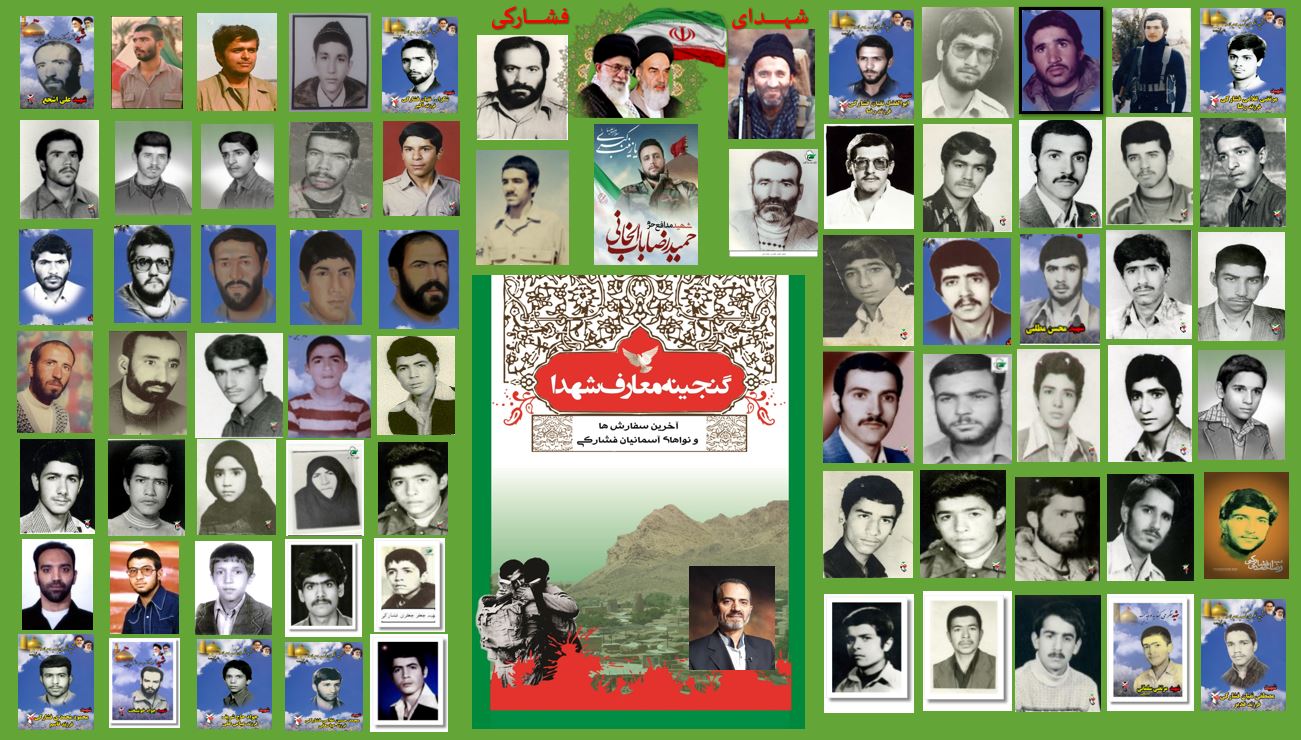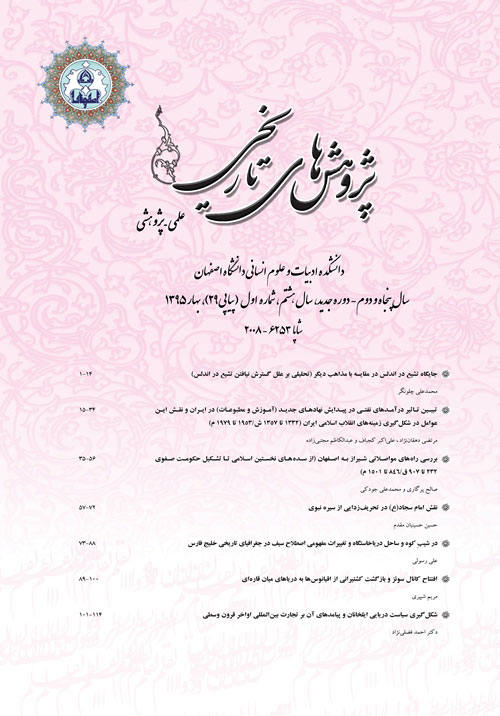از تاریخ تا داستان؛ تحلیل عناصر مشترک بین تاریخ و داستان
دکترمحسن محمدی فشارکی
https://www.magiran.com/paper/1134455
از تاریخ تا داستان؛ تحلیل عناصر مشترک بین تاریخ و داستان
نویسنده:
محسن محمدی فشارکی ، فضل الله خدادادی
پیام:
چکیده:
تئاتر، سینما، تاریخ، سفرنامه و خاطره از «روایت» بهره می گیرند اما داستان به شمار نمی آیند. در این گونه های روایت ابزار ارتباط متفاوت است هر چند ممکن است در اصل روایت تفاوت چندانی با یکدیگر نداشته باشند. تاریخ داستانی است که واقعیت دارد. برای مثال اگر از روی یک داستان فیلمی ساخته شود، یا نمایش نامه ای بر روی پرده اجرا شود، فقط ابزار بیان روایت عوض می شود. یعنی در همه این آثار «داستان» عامل زیر بنایی است. پس در همه آثاری که به شکلی نزدیک به داستان هستند می توان روایت را مشاهده کرد. تاریخ به خاطر نقل پی در پی حوادث که شاهان و امیران، قهرمانان آن هستند به داستان نزدیک می شود و در تاریخ عنصر روایت به کار می رود که توالی زمانی دارد. علاوه بر این «گفتگو»، «حقیقت مانندی»، «صحنه سازی» و «کشمکش» از عناصر مشترک بین داستان و تاریخ است. اما داستان به دلیل این که با ظرافت هنری ساخته می شود و دارای قاعده و قانون خاص است (مقدمه، پیرنگ، شخصیت پردازی، فضاسازی و...) به مقوله هنر تعلق دارد در حالی که تاریخ چون همانند داستان، هنری و با قاعده ساخته نمی شود، به مقوله علم تعلق دارد. پژوهش حاضر به بررسی و تحلیل عناصر مشترک بین داستان و تاریخ می پردازد. یافته های پژوهش حاضر حاکی از آن است که داستان و تاریخ از زمان ارسطو با یکدیگر ارتباط داشته اند و هنوز هم این ارتباط میان این دو قالب وجود دارد.
کلیدواژگان:
داستان ، تاریخ ، روایت ، حقیقت مانندی ، گفتگو ، تخیل
زبان:
فارسی
انتشار در:
فصلنامه پژوهش های تاریخی، سال چهارم شماره ۳ (پیاپی ۱۵، پاییز ۱۳۹۱)
صفحه:
۷۱
From history to story; the analysis of common elements in history and story
Author(s):
F. Khodadadi
Message:
Abstract:
Theater, cinema, history, and travel account take advantage of “anecdote”, but they are not considered as story. In these types of anecdote, the means of communication are different, even though there may be not much difference between them paying attention to their narrative basis. History is a story which is read. For example, if a movie is made or a drama is played based on a story, just the means of stating the narrative changes. It means that in all these works “story” is the infrastructure. So, in all of the works that are close to stories in some ways, anecdote is observable. History gets close to story since it continuously expresses the events in which kings and rulers are heroes. Besides, in history, chronological anecdotes are used. Furthermore, “conversation”, “real-like nature”, “stage management”, and “struggle” are taken into account as common elements in story and history. But, since story is told in a delicate artistic way and is organized (it includes introduction, plot, characterization, atmosphere creation and so forth), it belongs to Art while history belongs to science for it is not artistic and organized. The present study, utilizing a descriptive analytical way, has investigated and analyzed the common elements in story and history. The findings of the article indicate that history and story have been related since the time of Aristotle and such a relation is steel seen between them. On the other hand, story is artistic but history is not the same in being artistic and introducing evidences and documents.
Keywords:
Story , History , Anecdote , Conversation , Imagination
Language:
Persian
Published:
Journal of Historical Researches, Volume:4 Issue: 3, 2012
Page:
71
فصلنامه پژوهش های تاریخی
Journal of Historical Researches
فصلنامه علوم انسانی
ISSN: 2008-6253 eISSN: 2476-3306
صاحب امتیاز:
دانشگاه اصفهان
مدیر مسئول:
دکتر اصغر منتظرالقائم
سردبیر:
دکتر مرتضی دهقان نژاد
https://www.magiran.com/paper/1134455


